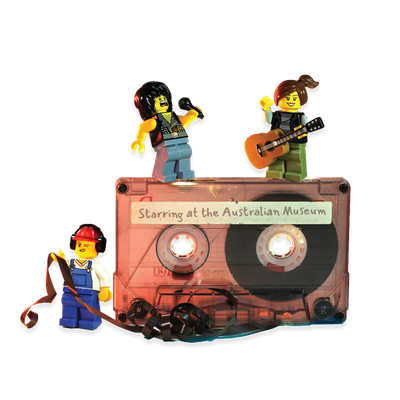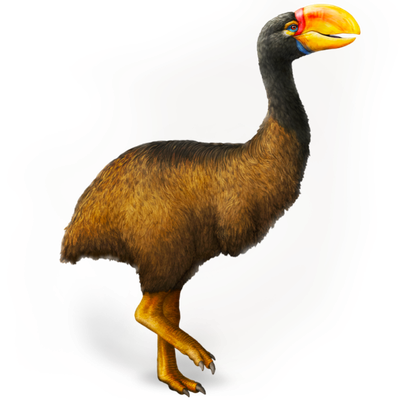Your search returned 39 results
By Page Type
By Tag
- All
- fish (966)
- blog (696)
- fishes of sydney harbour (401)
- First Nations (299)
- Blog (236)
- AMRI (169)
- archives (164)
- Eureka Prizes (146)
- Aboriginal and Torres Strait Islander (135)
- insect (126)
- Ichthyology (124)
- geoscience (109)
- minerals (102)
- climate change (100)
- podcast (94)
- Fish (91)
- Anthropology (89)
- International collections (80)
- Minerals Gallery (78)
- wildlife of sydney (78)
- Labridae (77)
- frog (74)
- gemstone (70)
- history (64)
- photography (64)
- Mollusca (60)
- gem (59)
- staff (59)
- Birds (56)
- Gems (56)
- Indonesia (56)
- education (56)
- shark (55)
- AMplify (54)
- people (53)
- earth sciences (50)
- past exhibitions (50)
- exhibition (49)
- Gobiidae (48)
- sustainability (46)
- Pomacentridae (45)
- Serranidae (44)
- lifelong learning (42)
- science (42)
- Earth and Environmental Science (41)
- Syngnathidae (41)
- Ancient Egypt (40)
- Bali (40)
- bird (40)
- dangerous australians (40)
-
Fossils in Wellington Caves, NSW
https://australian.museum/learn/australia-over-time/fossils/sites/wellington-caves/The Wellington Caves are renowned for the diversity of fossils across a long period of time including mainland Thylacines.
-
Object and species identification
https://australian.museum/learn/species-identification/Curious about objects or specimens you've discovered? Identify Australasian animal life, geology and cultural objects through our Ask an Expert enquiry form, common enquiries webpages or discover species with our interactive Identification Key.
-
Adaptations: Australia’s ancient animals
https://australian.museum/learn/teachers/at-the-museum/adaptations-australias-ancient-animals/Build knowledge about the adaptations of Australia's ancient animals in this Museum educator-led program.
-
Fossils in Riversleigh, QLD
https://australian.museum/learn/australia-over-time/fossils/sites/riversleigh/Fossil fauna from the Riversleigh site have altered our understanding about Australia's mid-Cainozoic vertebrate diversity.
-
Dating dinosaurs and other fossils
https://australian.museum/learn/australia-over-time/fossils/dating-dinosaurs-and-other-fossils/Fossils themselves, and the sedimentary rocks they are found in, are very difficult to date directly.
-
Predator and prey: The Winton Trackway
https://australian.museum/learn/australia-over-time/fossils/sites/predator-and-prey-the-winton-trackway/We can never witness the awesome reality of a dinosaur stalking and attacking its prey. However, one fossil trackway near Winton in Queensland gives us the rare opportunity to reconstruct such a moment, to 're-live' the movement, reactions, fear and panic.
-
Learn how to classify fossils
https://australian.museum/learn/teachers/learning/fossil-classification/Learn the difference between impression, mineralised and trace fossils and begin to classify your specimens.
-
Learn how to classify rocks
https://australian.museum/learn/teachers/learning/rock-classification/Can you tell the difference between sedimentary, igneous and metamorphic rocks? Use this series of posters to learn how to classify rocks and tell the difference between them!
-
Make your own impression fossil
https://australian.museum/learn/teachers/learning/fossil-making/Learn how to make your own impression fossil at home or in the classroom.
-
Extremely rare fossils of ancient sea life found in Tasmania
https://australian.museum/about/organisation/media-centre/rare-trilobite-fossil-found-tasmania/Australian scientists, Dr. Patrick M. Smith, Australian Museum (AM) and Dr. Malte C.Ebach , University of NSW (UNSW), have named a newly discovered trilobite after the actor Tom Baker, aka Doctor Who.
-
Discover more
2025 Australian Geographic Nature Photographer of the Year
Special exhibition
Free entry
Now open -
Discover more
Unfinished Business
Special exhibition
Free entry
Now open -
Find out more
Surviving Australia
Permanent exhibition
Free entry
Now open![]()
-
Find out more
Burra
Permanent kids learning space
Free entry
10am - 4.30pm![]()
-
Discover more
Minerals
Permanent exhibition
Free entry
Open daily![]()





